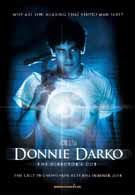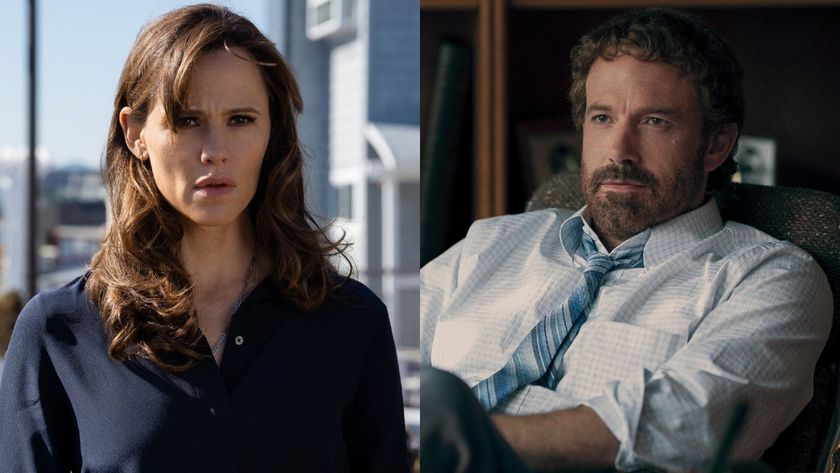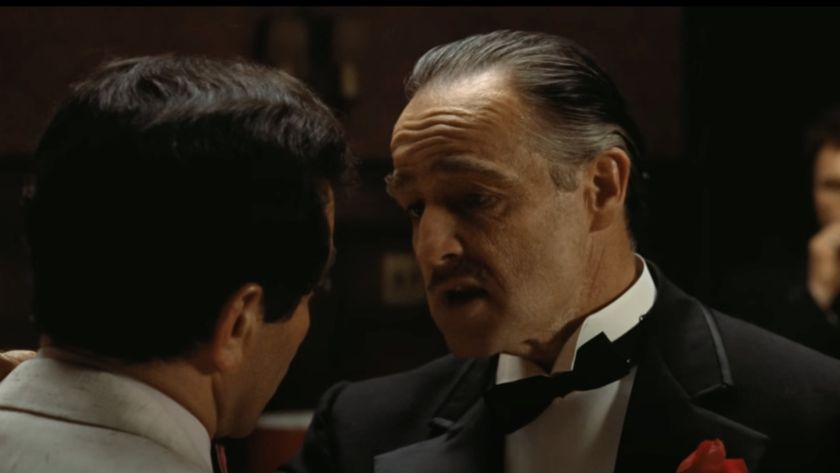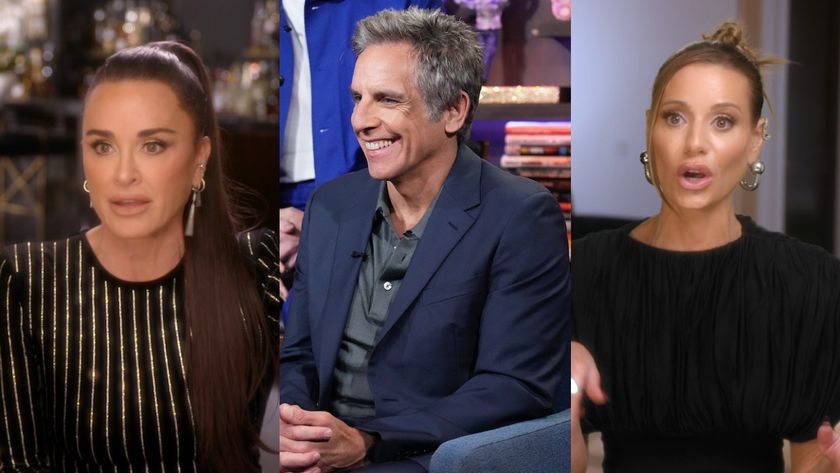I was one of the few people to bother seeing Donnie Darko when it first hit theaters in 2001, so it’s a bit of a delight to see the film now getting so much wide acceptance on DVD. Re-releasing it in theaters after the fact is a great idea, to give people a chance to see what they all missed on a big screen with booming bass sound, as Darko was meant to be seen. Even for those few like me who did see it in theaters, getting an opportunity to see it again is a joy, as the movie only improves with repeat viewing. What the film didn’t need though was to be tinkered with and that’s what Director Richard Kelly has done to his masterpiece by shipping out a different version dubbed Donnie Darko: The Director’s Cut.
I’m going to start out by assuming you’re already familiar with Donnie Darko. If you aren’t, make it a point to rent the first movie before seeing the Director’s Cut or reading anything I have to say about it here. The movie deserves to be experienced first in its original and superior cult form, unspoiled by whatever Richard Kelly has done to trick it up for the re-release.
In tricking it up, he’s made it a little different movie. Part of the genius and resonance of Darko was that well, frankly no one who saw it was ever completely sure of what the heck was going on. We all had a general idea, but half the fun of it was in sitting around with your friends in deep conversation discussing the various clues dropped in the film to try and understand what it really is that Donnie and his big bunny friend Frank are going through. There’s a lot of room for ambiguity and interpretation in the original film that for me, only gave it more emotional resonance as we experienced things right along with the characters. It’s a dark and gut wrenching story and as it plays out on screen it saps away at your strength until you finish it with your brain power weakened and your emotional stores drained empty.
For the re-release, Kelly has decided to explain everything and erase all the mystery by inserting chapter titles including pages from Grandma Death’s book. Those pages, which we knew existed in the original movie but never truly saw, go into cryptic detail about the universe Donnie is caught in and do a good job of at least cluing you in on what may be going on. That’s not to say Kelly is laying it all out for you, the concept of the movie is still incredibly complex and even with “The Philosophy of Time Travel” spelling it out scene by scene, Donnie Darko remains an eccentric head trip. What it loses is some of the emotional impact the movie had before. With a more clearly defined plot, the film becomes more about Donnie’s quest to save the universe, instead of a pure emotional journey in which we fear for his safety and can’t fathom where the script will take us next. But it also has taken on a deeper feeling of inevitability. Now Donnie seems more doomed from the outset, his course fixed, his fate inescapable. What the movie loses in pure emotional reaction it gains in fatalistic desperation.
What I wonder is why Kelly felt the need to explain things at all. It’s as if now that people are interested he feels like he has to make the movie more accessible so that even Ma and Pa out in Omaha can comprehend the weirdness of Donnie’s world. But if you’re going to try and make the movie simpler, you probably shouldn’t try to explain it with words like “Tangent universe”, “Manipulated dead,” and “Living Receiver.” In doing so I guess he’s reaching out to the folks who just don’t get Donnie Darko, the type of people who hated Fellowship of the Ring because it didn’t have a definitive ending. But with the film already a bigger-than-cult success, I don’t understand why those generally once a year movie-goers need to be pandered to.
While the extra explanation works to some extent, giving Kelly a bigger budget did not. With the success of the film on DVD, he had an extra portion of cash to play around with this time and used it to go back and add in a few snazzy effects. The worst of these is a weird sort of cut scene bookend, which he uses in addition to the already intrusive chapter titles from Grandma Death’s book to further break up the film. They hurt it because they’re basically irrelevant to the movie, being nothing more than loud sets of flashing lights and numbers but also because they really screw up the film’s flow. It especially hacks the movie off towards the end when we’re forced to sit through a lame rewind played on a grid, as if Donnie is in Sam Beckett’s quantum accelerator rather than in the more organic time traveling world of Darko. They’re annoying interruptions and I could have done without them and many of the other things Kelly purchased, like louder eighties pop music.
Some of the new, smaller character moments thrown in are good though. For instance, you’ll see more of Drew Barrymore after she’s stopped from teaching Graham Greene and substitutes a reading of “Watership Down” instead. The best thing about most of the new chunks is that the way they’re integrated is so seamless, you may not even realize they’re new. Most of them feel as if they’ve always been there, which is a blessing when you’re fiddling with a movie that most fans already think of as perfect.
No matter what Kelly has done to the movie, the genius of Donnie Darko is still there. The way Kelly sucks us into an emotional and very human story about a kid and his family while weirding us out with gigantic, disfigured bunnies is every bit as exciting as it was the first time we saw it. Even though this version is good in its own right, I’d still have preferred it if he’d just left the mystery in and the movie untouched. It’s a shame that for many late to the Donnie Darko bandwagon this may be their first introduction to it, not because this isn’t great, but because the other version is simply better. Still a chance to see Donnie in theaters, in whatever form, is the sort of opportunity film lovers shouldn’t pass up.
Most Popular






